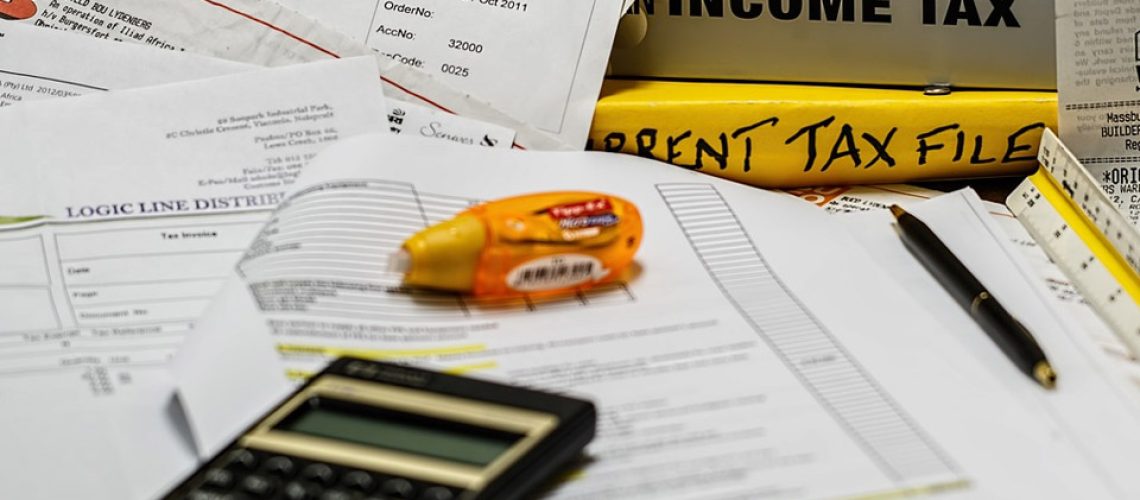Key changes to the 2023/24 tax year you need to be aware of
Have you recovered from the legislative whirlwind of last year yet? I don’t think I have! There were so many announcements and U-turns from the UK government, it was difficult to keep track of what’s going to change for business owners, and when. However, a few major tax changes have since been confirmed for the 2023/24 period – and as your trusted Chelmsford bookkeeper, it’s my job to keep you up to date with what’s happening.
Here are a few things that may affect the way you and your business are taxed from April 2023 to April 2024.
1. You may need to plan for a higher corporation tax bill
It was a ‘will they, won’t they’ situation for a time, and we heard from several administrations on the issue. But it has since been confirmed by the Chancellor that the main rate of corporation tax will be rising from 19% to 25% in 2023.
This increase will apply to companies that earn non-ringfenced profits of over £250,000 per year.
Businesses with profits under £50,000 will be eligible to pay the small profits rate (SPR), which will remain at 19%.
Organisations earning above £50,000 but under £250,00 will be able to claim a marginal amount of relief on the main corporation tax rate, with rates being tapered accordingly.
The government expects that more than 1.4 million businesses will continue to pay either no corporation tax at all or keep paying just 19% on their taxable profits. So, it’s not bad news for everyone. But larger firms will need to bear the new 25% figure in mind, as the corporation tax rise will almost certainly eat into their funds.
2. You will be able to earn less in dividends before you hit the tax threshold
If you are the director of a limited company and take some or all your earnings in dividends, you’ll need to know that the way these dividends are taxed is about to change.
Dividend taxes will be marginally reduced to 7.5% for basic rate taxpayers; 32.5% for higher rate taxpayers; and 38.1% for additional rate taxpayers (in cases where annual income exceeds the Personal Allowance, which has been frozen at £12,570 until 2028).
Sounds like good news, doesn’t it? Well, from April 2023, the tax-free allowance for dividend income will actually be reduced from £2,000 per year to £1,000 per year. This means you will need to pay dividend tax on more of your income from this source.
In 2024, the tax-free allowance will go down again, to just £500.
These moves will affect the tax affairs of directors who rely on dividends for a good proportion of their earnings.
If you’re in, or about to enter into, the additional rate income tax threshold, you must bear in mind that this will be lowered from £150,000 to £125,140, potentially eating into your take-home pay further.
3. You’ll see a new health and care tax on your employees’ payslips
The 1.25% increase in National Insurance contributions (NICs) that came into effect back in April last year will be removed. This levy will be listed as a separate tax, instead.
This change won’t affect the amount that your staff need to pay towards their NICs. However, it will make it clearer precisely how much of their contribution will be going directly to the NHS and various other health and social care schemes.

